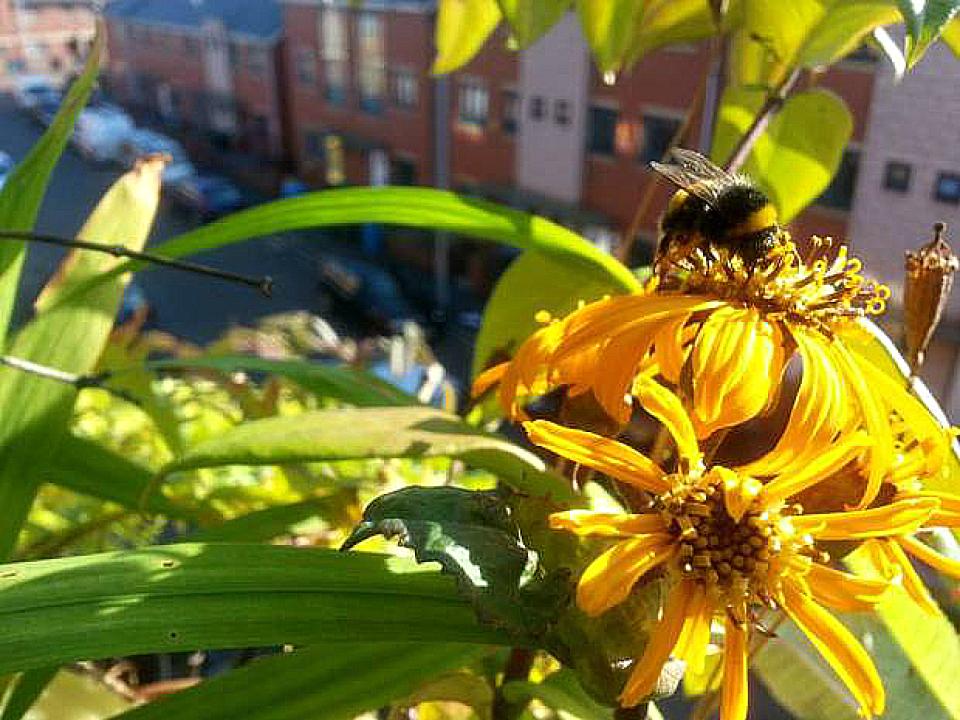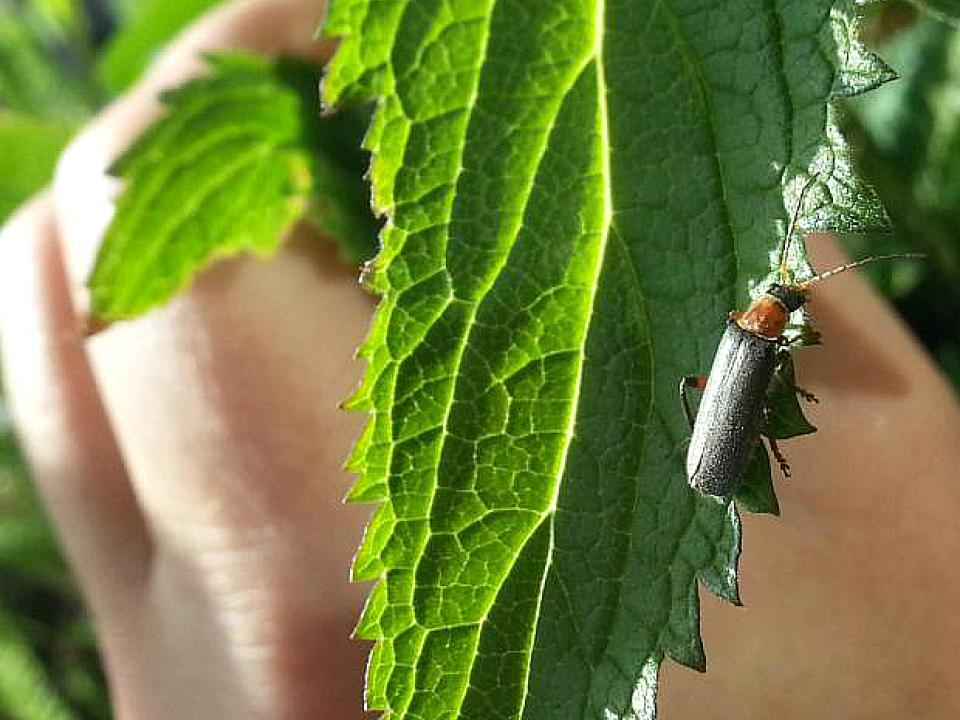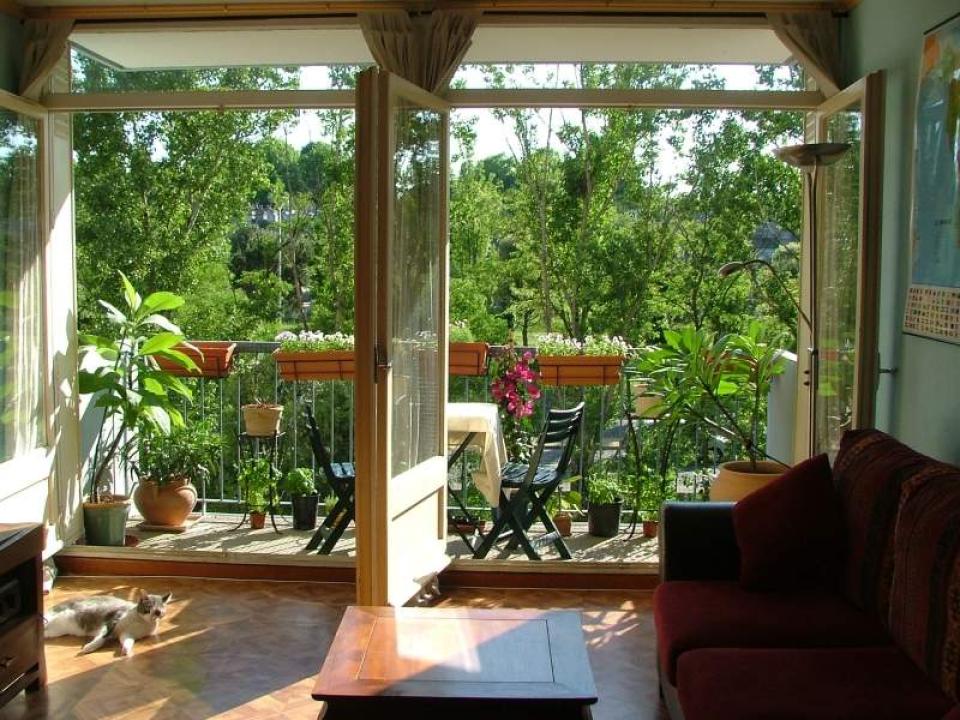Why pollinating insects are important
Pollination is where pollen is transferred from one flower to another and without this transportation system many flowering plants wouldn’t be able to produce seeds or fruit.
Sadly, bees are in decline so by planting nectar and pollen rich flowering plants, you can help save our eco-system – as well as bringing life to your city garden.
Tip: Avoid using harmful chemicals and pesticides that could end up poisoning their hives, and if you have space, provide bees with some drinking water too, as all that pollinating and wing-flapping is thirsty work! See how you can help here.

Great British Bee Count
The Great British Bee Count starts today and runs throughout the month of May. Help Friends of the Earth monitor the British bee population by downloading the free app and keeping track of the bees in your garden. Make it into a game with the kids this bank holiday and do your bit for British wildlife at the same time.
Best plants for attracting birds
Bird tables and feeders are not the only way to encourage birds to your garden. Plants that bear berries and seeds provide a natural food source for our feathered friends. Lavender is not only a magnet for bees and butterflies, it can also provide a feast for birds when it goes to seed while honeysuckle berries are the perfect snack for warblers and thrushes.
Best plants for moths and beetles
Night-scented plants such as evening primrose and buddleia are great for attracting moths, while herbs, such as thyme, provide ideal shelters for bugs and beetles.

Space-saving and wildlife-friendly
When floor-space is limited, climbing plants can be a useful alternative. A wall of ivy will provide a feast of berries later in the year when other natural food supplies are scarce. With its nooks and crannies, it also offers plenty of shelter for nests and roosting, attracting birds such as wood pigeons and song thrushes.





